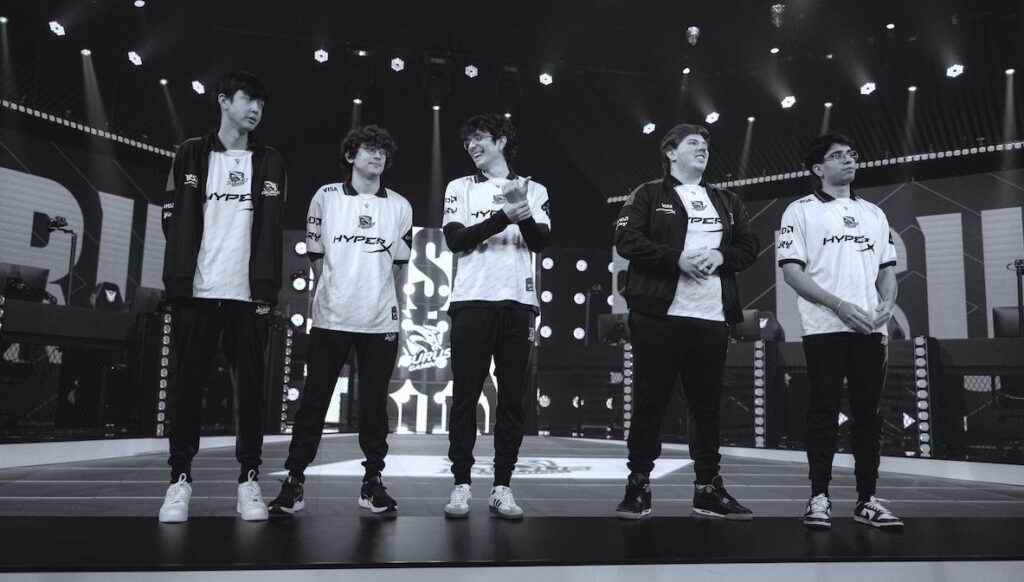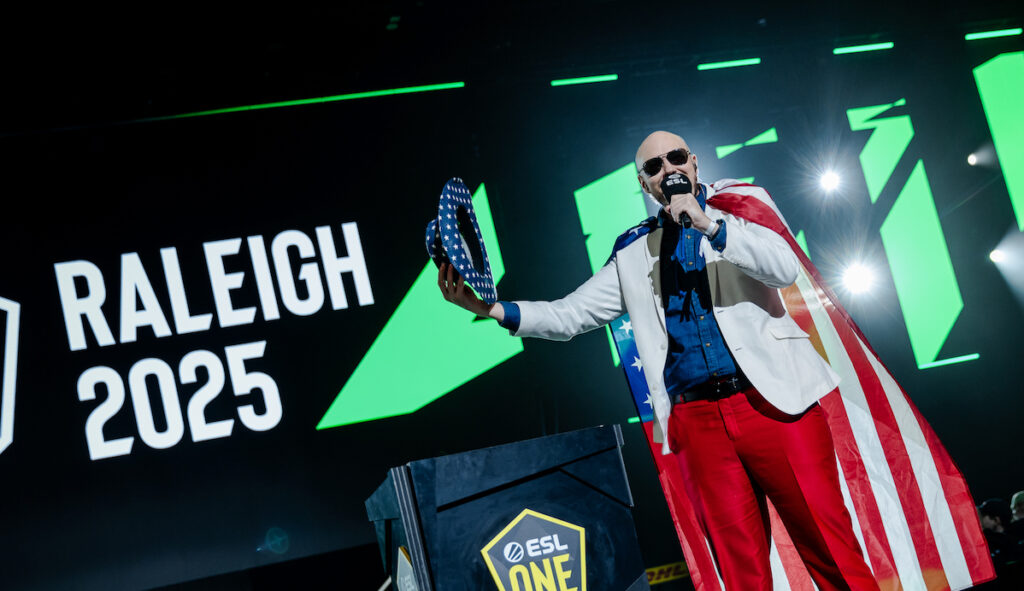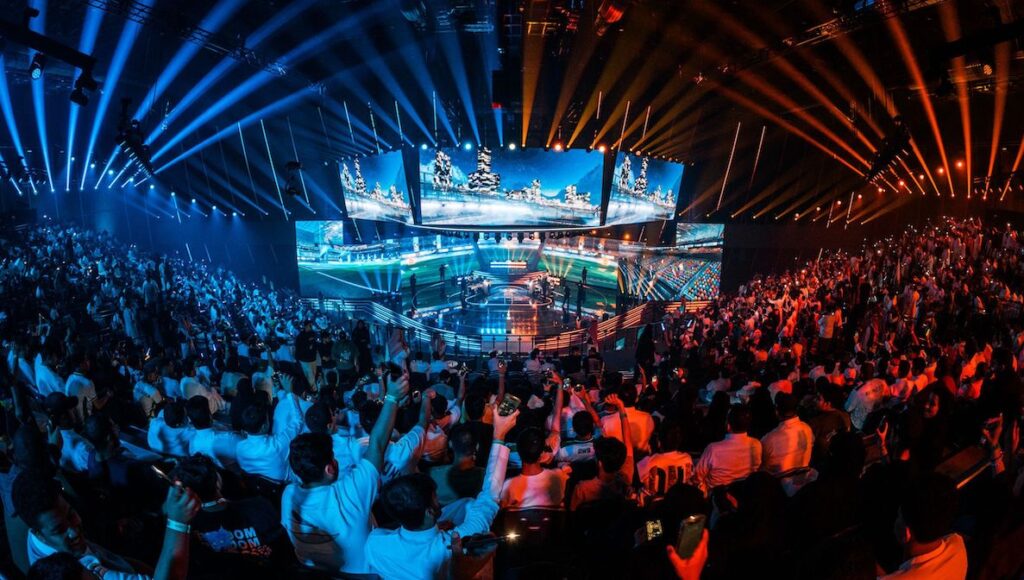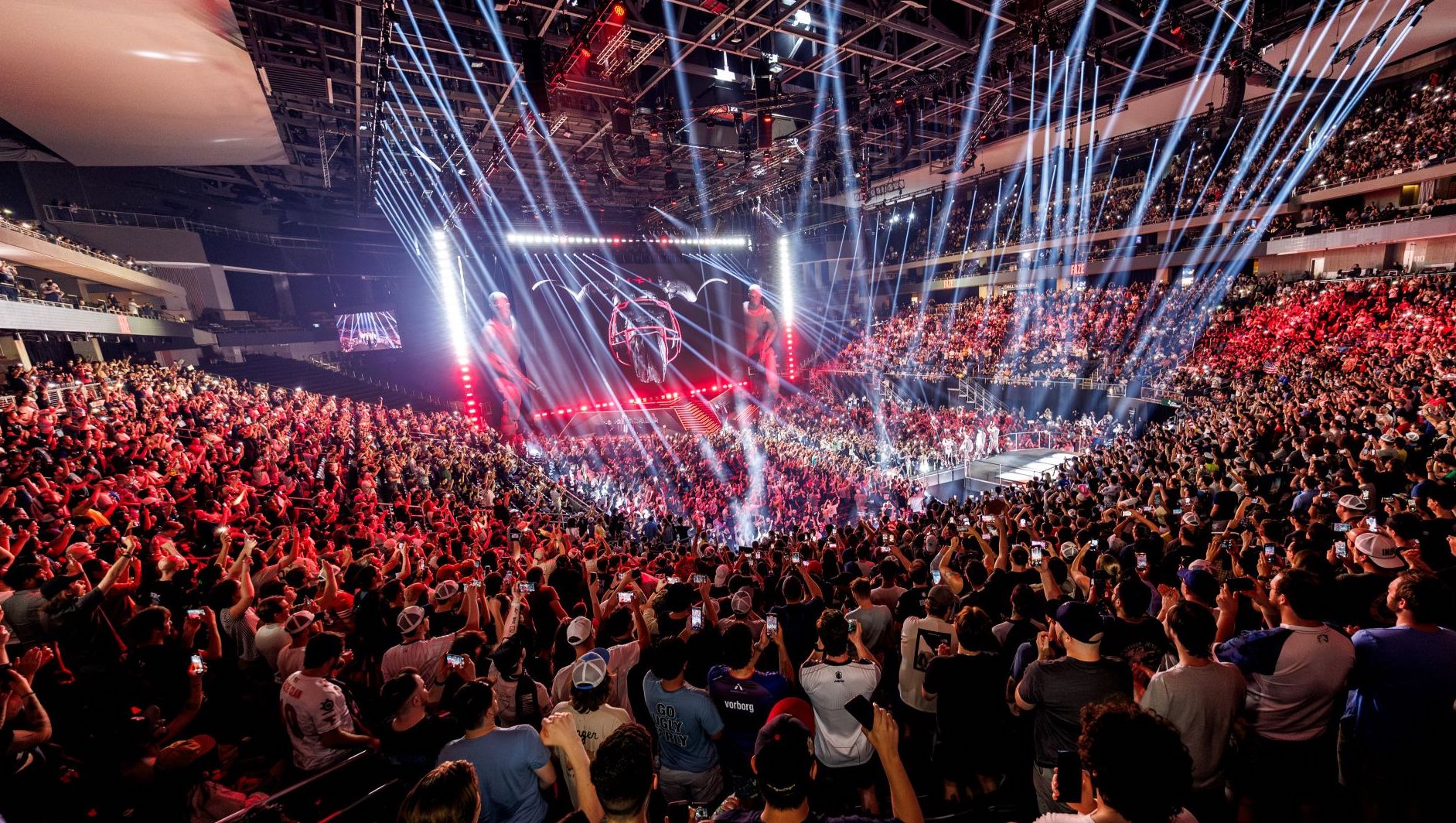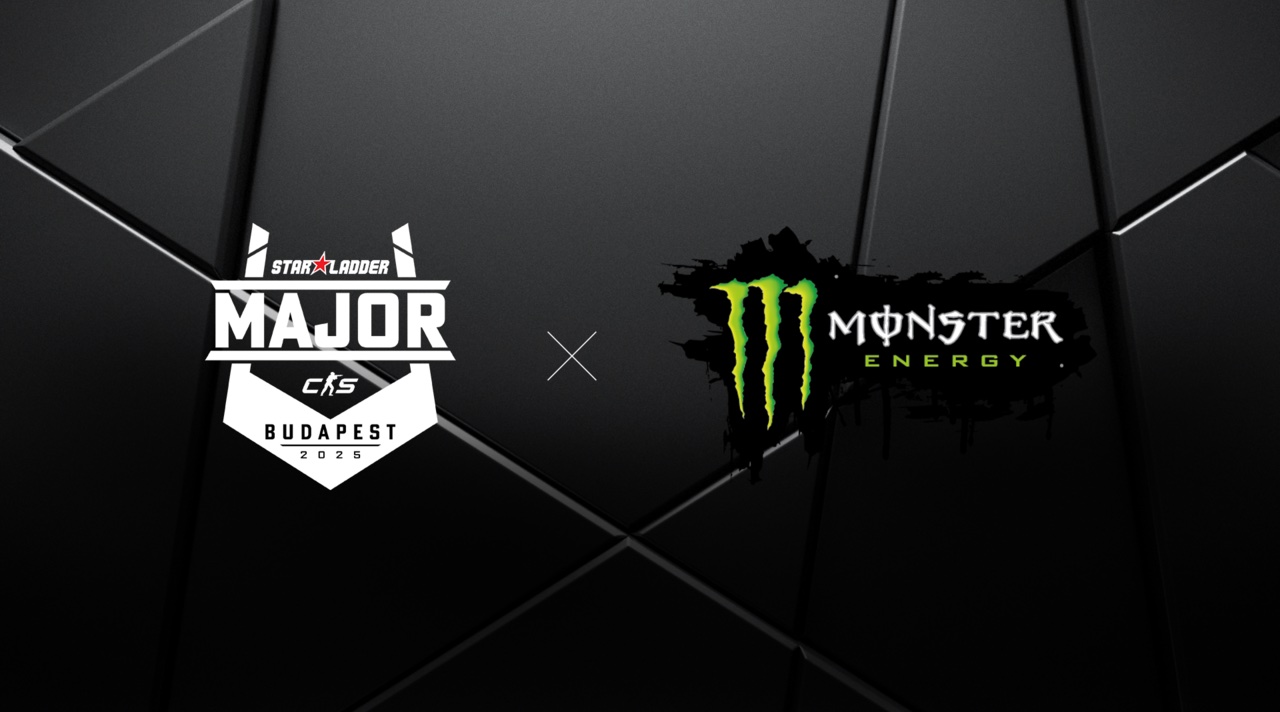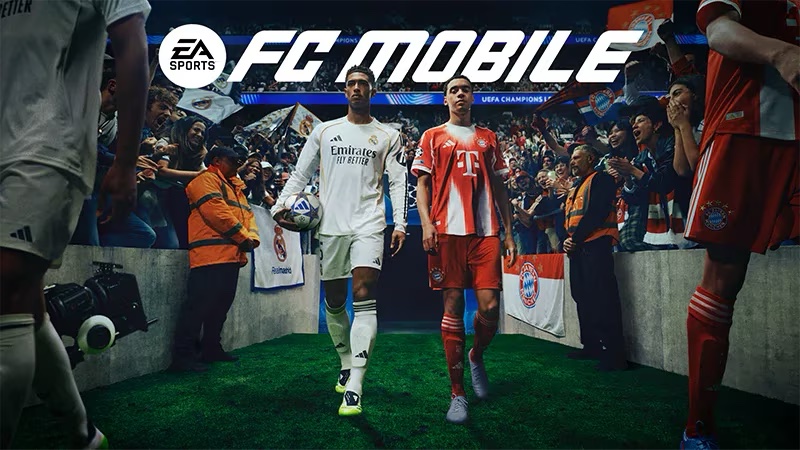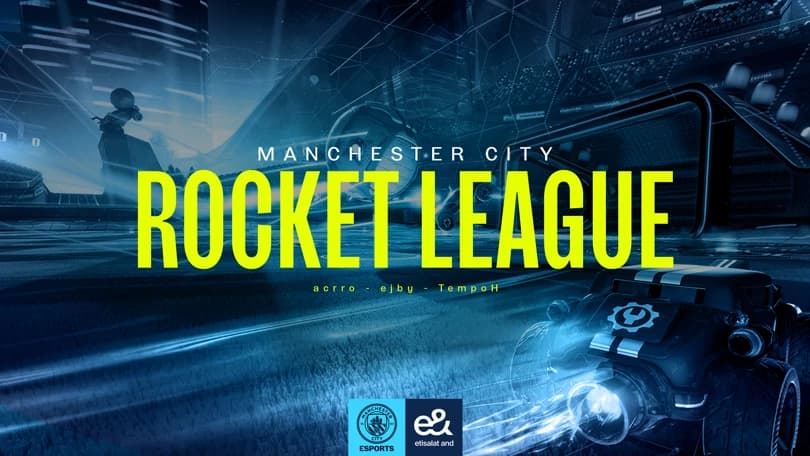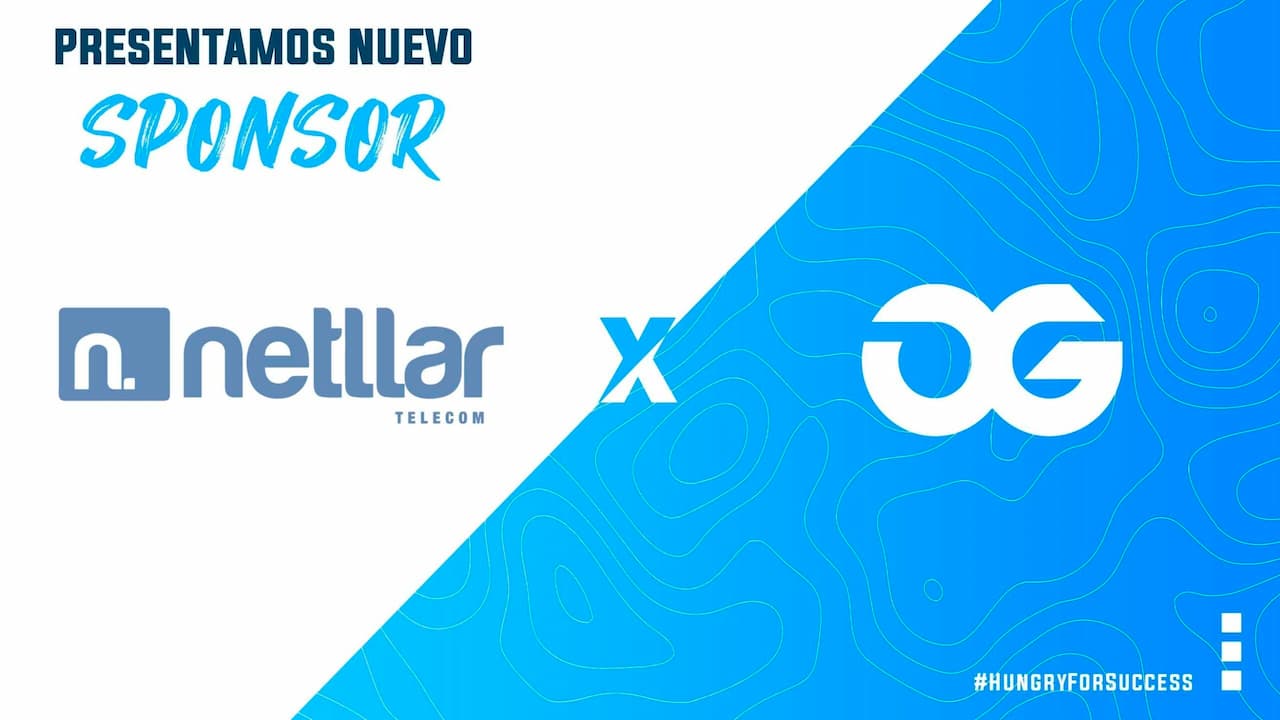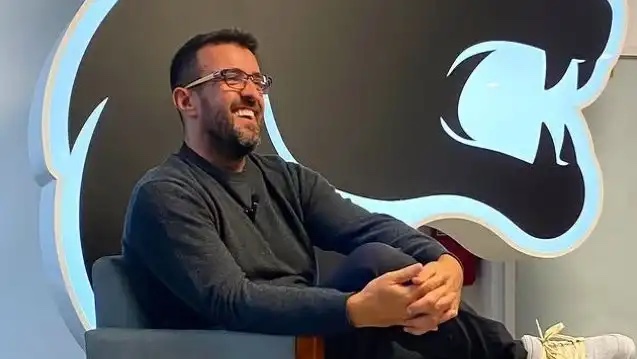After a long stretch of contraction, the global esports industry is showing signs of recovery. Viewership is returning to the record highs last seen during the pandemic lockdowns. Plus, seven-figure commercial deals — like Team Vitality’s recent partnership with betting platform Stake — are once again being signed, $1 million prize pools are becoming the norm across high-tier Counter-Strike 2 (CS2) tournaments, and even job openings might be pointing to the start of a new stage.
Talk of “esports winter” dominated the industry for the past two or so years, but now EA is the first major publisher to confidently raise the idea of an “esports spring.” The Esports Radar spoke to Monica Dinsmore, Head of Esports at EA, and Sam Turkbas, Senior Director of Esports & Commissioner of Football Esports, to understand why they believe this next era is different — and why they’re betting on a more fan-focused, integrated model.

“We’ve all been through a lot,” Dinsmore told The Esports Radar. “And we’ve learned from it. The strong survived. Now we’re rebuilding — together — in a much smarter way.”
According to her, the past boom years were defined by immature business models, inflated expectations, and money flowing into the space without clear strategies. “It’s not just about being part of something spectacular,” she said. “It’s about understanding what you’re building, who you’re serving, and why. That’s the shift we’re seeing now.”
EA’s internal structure reflects that change. Esports is not treated as a silo or side project — it’s now deeply embedded within the broader publishing and marketing framework.
“At EA, esports is solidly in service of the franchises,” Dinsmore explained. “We partner closely with the game teams to understand their priorities, and we build programmes that support those goals. It’s not a separate world — it’s a connected ecosystem.”
That strategy has translated into concrete changes. In Apex Legends, EA introduced mechanics like rotating maps, legend bans and different tournament-winning conditions to keep competitions dynamic for both players and viewers. In EA FC, esports is directly tied into gameplay with in-game rewards and integrated experiences designed to bring the esports audience closer to the title itself.
Results are starting to show. The Apex Legends Global Series (ALGS) broke attendance records in its latest edition and is set to return to Sapporo, Japan, for its upcoming ALGS Championship. This year’s ALGS Midseason Playoffs were also integrated into the Esports World Cup 2025. Meanwhile, the EA FC scene has seen significant developments, including Team Liquid’s acquisition of Team Gullit and an expanded partnership between Gen.G and Manchester City Football Club.
“We spend a lot of time listening,” she said. “We look at what motivates people to watch, and then what they do in-game afterwards. We use that to create better programmes — things that reward players beyond just watching a stream.”

Meanwhile, Turkbas, who also spoke at a recent event hosted by Front Office Sports, points to what he sees as a fundamental mindset shift among publishers and investors alike.
“This esports spring is not just about chasing sponsorships or viewership,” he said. “It’s about a 360-degree view of value — sponsorship, yes, but also in-game engagement, fandom, club activation, and player experience. That’s the future.”
He was candid about what went wrong during the previous growth phase. “People got into esports because they saw a potential multiplier — not because they believed in the players or the ecosystem,” Turkbas said. “A lot of that thinking led to unsustainable plays, like exclusive broadcast deals, which just don’t make sense anymore.”
According to him, that short-term, valuation-driven approach left a gap that the current generation of esports operators is now

working to close. “We’re building around the fans now — the people who love the game, who play it at a high level, and who want to be part of something meaningful,” he said. “That’s where the value is.”
He also stressed the emotional power of esports — particularly in football, where EA FC tournaments now give young players the opportunity to live out dreams once limited to real-life stadiums.
“We’ve seen kids lift the Champions League or Libertadores trophies in our tournaments, and for them, that’s real,” Turkbas said. “It’s not just a game. It’s recognition. It’s legitimacy. It’s a dream realised.”
Both executives pointed to the importance of clubs, teams, and content creators in helping grow that fandom — and EA’s role in supporting them.
“You can’t build an esport without fans,” said Turkbas. “But fans don’t just appear. Organisations need help — and it’s on us as publishers to give them the platforms, visibility, and opportunities to grow their reach.”
“There’s this old idea that being the best player is enough,” he added. “But the modern fan wants more. They want content. They want connection. And esports can bridge that.”

He referenced professional golfer Bryson DeChambeau’s realisation that YouTubers were reaching tens of millions more fans than top athletes. “It’s not about skill alone anymore — it’s about being where your fans are. Esports has already embraced that.”
And for EA, that also means knowing where not to invest. “We’ve done broadcast TV — it doesn’t work,” Turkbas said. “You see these massive golf stars now realizing that they have to reach a new audience, and they’re doing that through new channels. We’re already on those new channels, we’re on the right places to reach that new core audience they desire so much.”
So, are we back? And what does back mean?
EA isn’t promising another gold rush. What they’re proposing is something slower, more strategic — and arguably, more sustainable. One where players are supported, fans are prioritised, and every piece of the ecosystem is built to last.
“It’s about keeping our most dedicated players engaged, entertained, and coming back,” said Dinsmore. “And that takes more than hype. It takes work, collaboration, and clarity about why we’re here in the first place.”
If this is indeed esports spring remains to be seen, but it looks like we’re at least shaking off the frost.




